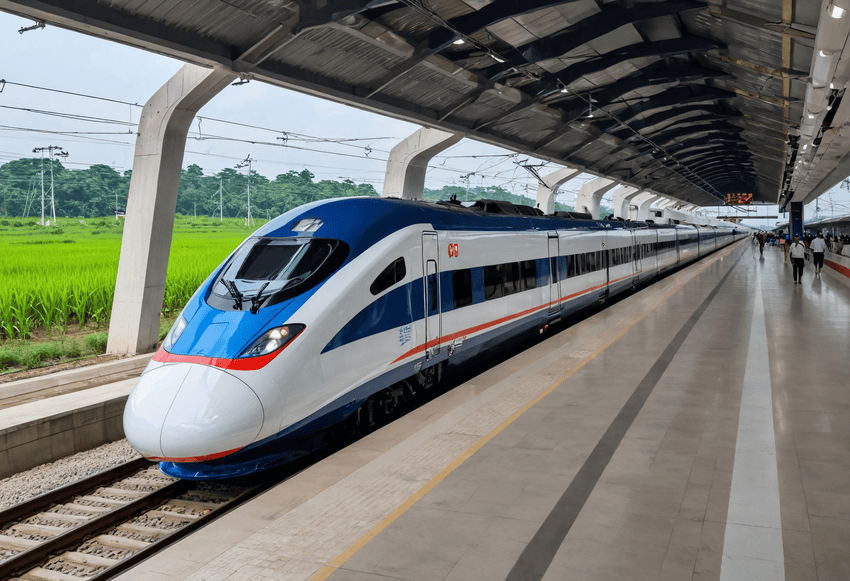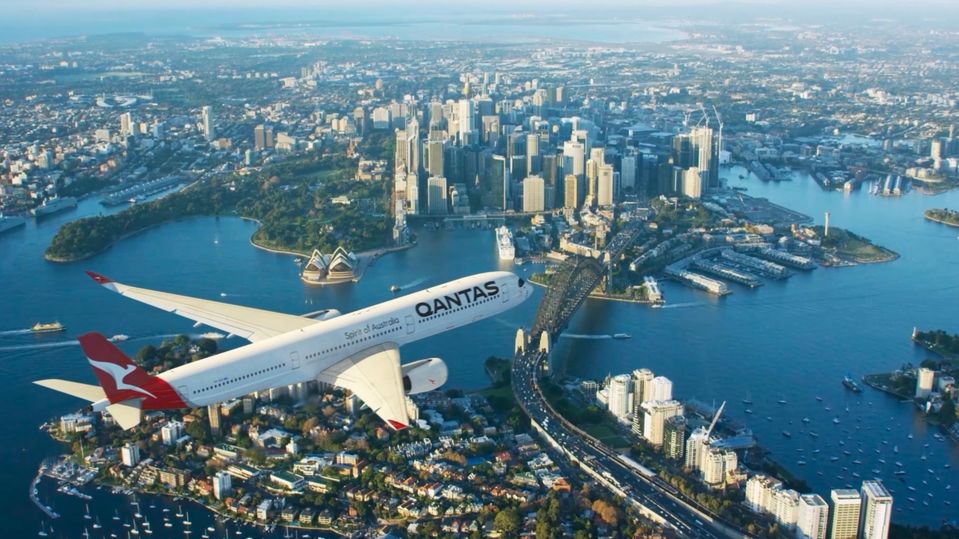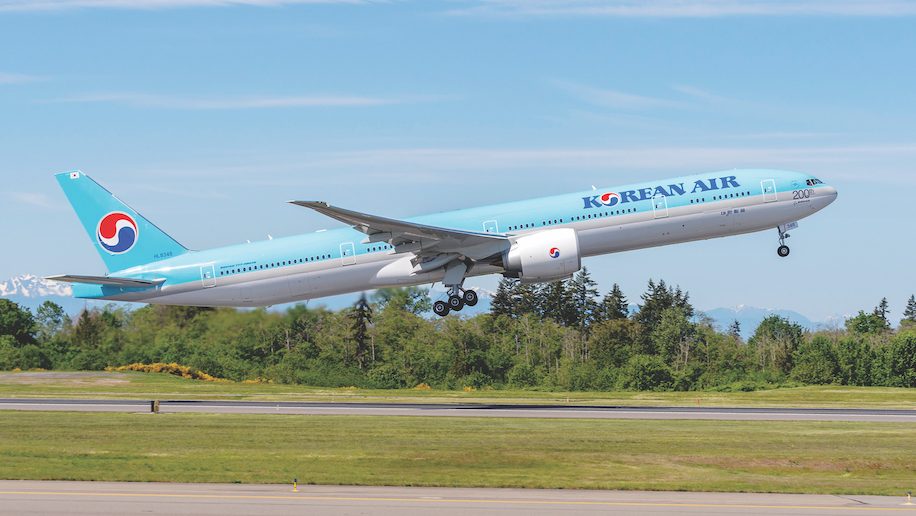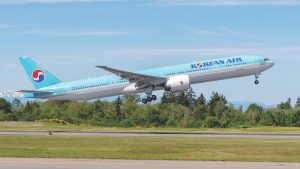Vietnam is on the brink of a significant transformation in its domestic transportation system with the recent approval of a $67 billion high-speed rail project linking Hanoi and Ho Chi Minh City. Approved by the National Assembly on November 30, 2024, this initiative is expected to have profound implications for travelers and the tourism industry on a global scale. Here, we delve into the project’s impact on international travel, its importance for Vietnam, and the potential ripple effects across the tourism sector.
A Revolutionary Shift in Travel: From Hours to Minutes
The high-speed rail project is set to revolutionize travel within Vietnam, drastically shortening the journey between Hanoi and Ho Chi Minh City to just five hours. This marks a dramatic improvement over the current 30-hour trip provided by the Reunification Express, which is often seen as an inconvenient option. The new rail line will connect 23 stations across 20 cities and provinces, significantly improving accessibility along the north-south corridor.
For business travelers and tourists alike, this reduction in travel time represents a major transformation. With Vietnam currently hosting three of Southeast Asia’s busiest domestic routes—Hanoi-Ho Chi Minh City, Danang-Ho Chi Minh City, and Danang-Hanoi—data from British aviation firm OAG indicates that the introduction of a fast train service could shift substantial passenger volumes from air travel to rail, offering a more sustainable and cost-effective option.
Economic and Tourism Advantages: Enhancing Accessibility
The rail project is not solely about speed; it is fundamentally about connectivity. By linking major economic and tourism centers with smaller cities and provinces, Vietnam will unlock growth potential in less-frequented regions. This improved connectivity will encourage travelers to discover Vietnam’s diverse landscapes, from vibrant urban areas to peaceful countryside.
The project is predicted to:
- Enhance tourism in lesser-known regions.
- Provide businesses with a reliable transportation method, boosting productivity.
- Stimulate regional economies through improved accessibility.
This development could position Vietnam as a transportation leader in Southeast Asia, attracting unprecedented levels of investment and tourism.
Global Significance: A Beacon for International Tourists
The impacts of the high-speed rail stretch beyond Vietnam’s borders. Positioned strategically in Southeast Asia, Vietnam serves as a gateway for travelers exploring the region. The efficiency and convenience of the rail system will bolster Vietnam’s appeal to international tourists.
Visitors from major global hubs in Europe, North America, and Asia will find navigating Vietnam’s attractions—Hanoi’s historic allure, Ho Chi Minh City’s modern vibrancy, and everything in between—an enticing prospect. This improved accessibility may also facilitate multi-destination travel within Southeast Asia, integrating Vietnam more closely into regional travel itineraries.
Sustainability Focus: Transitioning from Air to Rail
In an age of heightened environmental consciousness, the high-speed rail project offers a greener alternative to domestic flights. While air travel is quick, it generates a significant carbon footprint. The rail system promises a sustainable transportation option that aligns with global objectives for reducing emissions in the travel sector.
Key sustainability benefits include:
- A substantial decrease in greenhouse gas emissions compared to air travel.
- A transition towards eco-friendly tourism.
- The promotion of sustainable urban and rural development.
This initiative aligns Vietnam with global trends, as travelers increasingly prioritize sustainable options when planning their journeys.
Challenges Ahead: A Long Path to Completion
Despite its transformative potential, the high-speed rail project faces challenges. Construction is slated to begin in 2027, with completion expected by 2035, reflecting the project’s complexity and scale. Managing costs, overcoming logistical challenges, and addressing potential delays are factors that could affect the timeline. However, if executed as intended, the rail system will serve as a benchmark for infrastructure projects throughout the region.
The Allure of Train Travel: An Unparalleled Experience
Beyond its practical advantages, the high-speed rail taps into the timeless charm of train travel. Unlike air travel, which often feels transactional, trains provide an immersive experience that allows passengers to connect with the stunning landscapes they traverse. Vietnam’s high-speed rail could become one of Asia’s most scenic journeys, passing through lush rice paddies, majestic mountains, and vibrant urban centers.
For travelers seeking efficiency while forging a deeper connection with the places they visit, this rail line could emerge as the preferred means of transport. It reflects a growing trend in the travel industry, where the journey itself is increasingly valued alongside the destination.
Implications for the Travel Industry: Regional and Global Ripples
The effects of this high-speed rail system will extend beyond Vietnam, affecting the broader travel and tourism industry. Neighboring countries like Thailand, Cambodia, and Laos may experience increased visitor numbers as Vietnam’s connectivity improves. This development might also spur other Southeast Asian nations to expedite their infrastructure projects to compete for tourism dollars.
On a global scale, the project reinforces Vietnam’s position as a must-visit destination and could inspire similar initiatives in other countries. Established rail networks in Europe and Japan already demonstrate the economic and tourism













